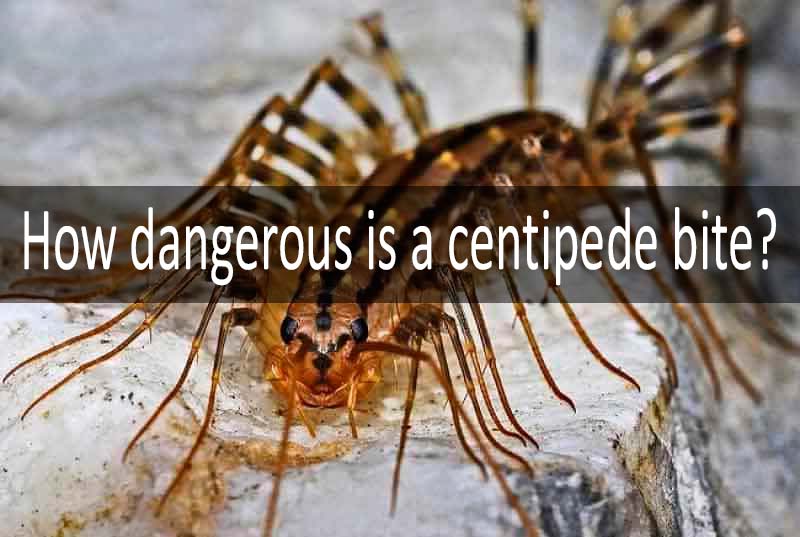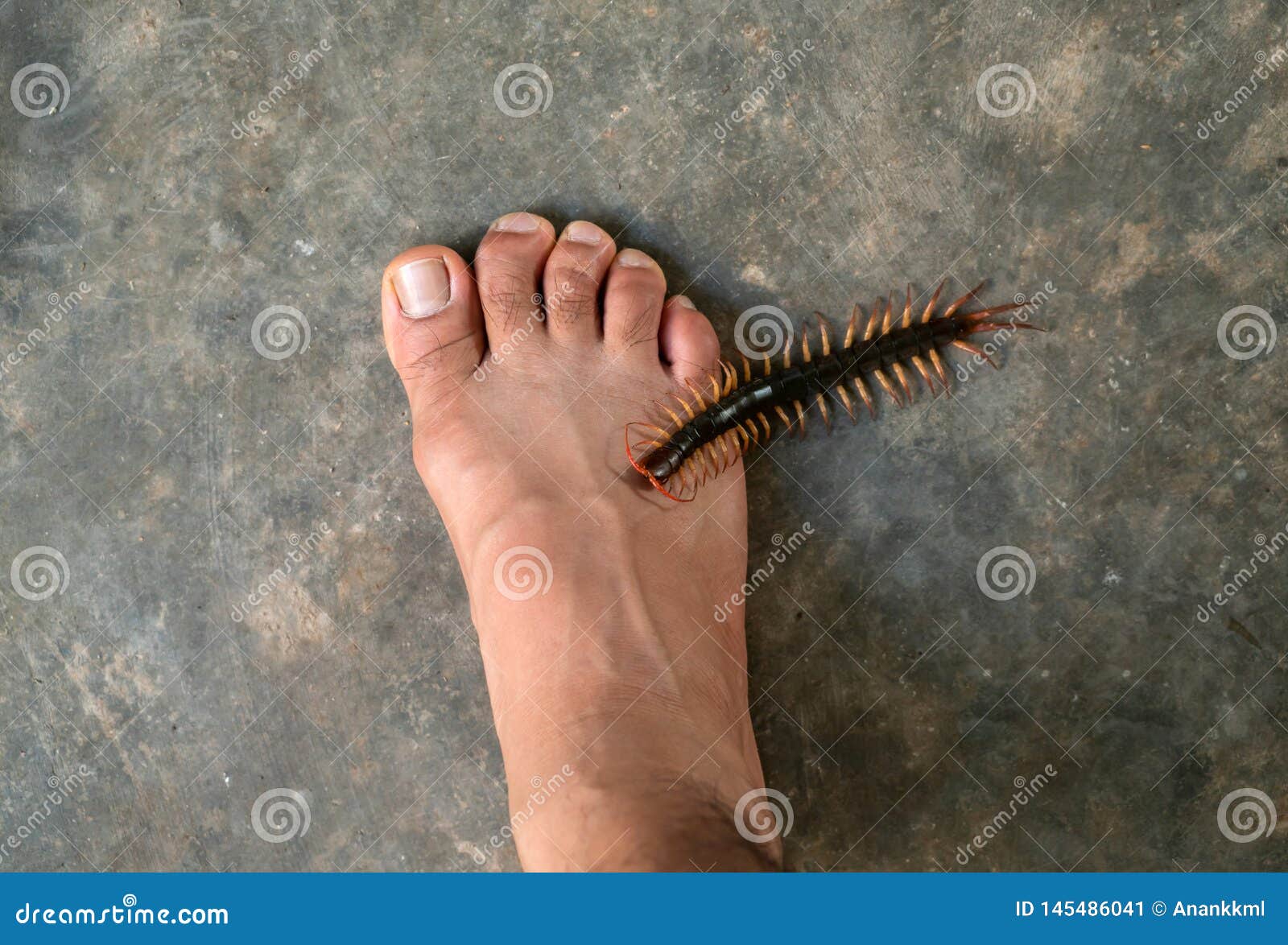Table Of Content

However, don’t worry; they tend to be found in small numbers, so infestations are rare. There are various ways to keep centipedes out of your home—or at least make it more difficult for them to move in—beyond banishing the bugs they eat. In addition to using a dehumidifier, run your bathroom fan for a solid five minutes after a bath or shower to remove moisture. Seal up any cracks or crevices where house centipedes may be sneaking in, and caulk all baseboards and door and window casings. Clear any leaf litter or wood debris from around the perimeter of your home, especially if it’s damp.
What should you do if you’ve been bitten by a centipede?
She’s worked on thousands of articles related to heating, air conditioning, ventilation, roofing, plumbing, lawn/garden, pest control, insurance, and other general homeownership topics. Sam Wasson graduated from the University of Utah with a degree in Film and Media Arts with an Emphasis in Entertainment Arts and Engineering. Sam brings over four years of content writing and media production experience to the Today’s Homeowner content team. He specializes in the pest control, landscaping, and moving categories. Sam aims to answer homeowners’ difficult questions by providing well-researched, accurate, transparent, and entertaining content to Today’s Homeowner readers. Dear Dr. Willis,This common House Centipede is frequently found in the home where it startles residents.
What Attracts House Centipedes?
House centipedes can bite, but their tiny jaws make it extremely difficult for them to bite through clothing. The thickness and material of the fabric also play a part in their capacity to pierce it. If a centipede is found indoors, you can get rid of it with a vacuum. However, you should contact a licensed pest professional if you suspect an infestation. You can find one near you with the helpful zip code search below. People working in their yards or down in dank cellars are particularly susceptible to surprise encounters.
Symptoms of a House Centipede Bite

This yellowish-grey centipede will typically be a few inches long with more than 15 pairs of legs, making it among the fastest in the centipede family. In some situations, underlying diseases may affect the outlook of a person with a centipede bite. For example, people with diabetes may experience more severe skin reactions and infections following a centipede bite. Researchers must continue to study centipede bites to determine the effect of the different components of centipede venom on humans. In this article, we discuss the possible symptoms and treatments of a centipede bite, as well as the outlook for a person who receives one.
Interaction with humans
Fortunately, there are practical measures you can take to minimize the chances of encountering these creatures in your home and getting bitten. House centipedes, despite their intimidating appearance, are generally harmless to humans and do not bite unless they feel threatened or provoked. Because house centipedes prefer warm and wet environments, they’re frequently found in the Southern states. However, you’ll also find them in Northern basements, taking shelter from the cold outside.
They hunt spiders, bed bugs, termites, cockroaches, silverfish, and other common arthropods. House centipedes are not venomous, and their bite, while rare, is not medically significant. If they feel threatened or cornered, they may bite, which can cause mild pain, redness, and swelling, but these symptoms are typically not severe and can be managed with basic first aid.
This makes it tough for the centipede’s prey to differentiate the front from the rear. Centipedes are generally dark brown or yellow and sometimes have darker colors and markings. Adult centipedes have three dark parallel lines running from their head to the rear end of their bodies and a hair-covered pair of antennae on their heads. While some centipede species have compound eyes containing up to 200 optical units, others have a few simple eyes on each side of the head. So, use their presence as an indicator of other potential infestations happening under your nose! You might be dealing with termites, roaches, or a host of other household pests.

But this could signify the presence of other arthropods or pests that are prey for the house centipede–a sign of a bigger problem. Believe it or not, but the house centipede is a skilled predator. They eat everything from larger cockroaches, spiders, and wasps to smaller ants and termites! Still, house centipedes are basically harmless to humans, and they're effective predators of other insect nuisances, including roaches, flies, silverfish, and termites.
Symptoms of Centipede Bites
Rare and venomous centipede found in Nottinghamshire for first time - BBC.com
Rare and venomous centipede found in Nottinghamshire for first time.
Posted: Mon, 22 Jan 2024 08:00:00 GMT [source]
When a house centipede bites, it can cause small puncture wounds and blisters. The bites are often quite painful and may lead to symptoms such as swelling and redness at the bite site. In some cases, individuals may also experience headache, chest pain, heart tremors, nausea, and vomiting as a result of the bite. However, some centipedes have venom which produces a variety of toxins, including chemicals such as histamine, serotonin, and cardio-depressant toxin-S.
There are more than 8,000 centipede species in the world, appearing on every continent except Antarctica. Researchers have isolated more than 500 components of centipede venom, but they have only described a few of these. The bite looks like two red marks on the skin, which form a V-shape due to the positioning of the forcipules of the centipede. The symptoms typically disappear within a few hours or days, and there is a low risk of any long-term consequences.
In fact, house centipedes play an essential role in controlling other pests, as they prey on insects and other arachnids. As long as you’re not allergic to their venom, you can coexist with these useful creatures without much trouble. House centipedes are skilled hunters that prey on insects and other arthropods. Like all centipedes, their front legs are modified into "poison claws" used to inject venom into their prey.
The house centipede is light yellow-brown in color, with three dark longitudinal stripes down its body. House centipedes also have large compound eyes, which is unusual for centipedes. House centipedes are common pests found in homes, especially in damp and dark areas. They primarily reside in outdoor habitats like gardens and basements but can enter homes during hot or dry conditions outdoors. Bites normally cause minimal, localized pain, but some individuals may experience severe pain.
While they thrive in warm, tropical, and humid climates, house centipedes are remarkably adaptable and can survive in a wide range of environments. There are a few methods you can use to deter house centipedes from taking up residence in your home. Centipedes are most active at night because they shy away from light and are nocturnal hunters. Their presence often points to further pest problems, as they feed on ants, spiders, and crickets. While centipedes are not dangerous, their fast movements and alarming appearance make many people uneasy. These centipedes are primarily active at night and prefer to hide in dark, secluded areas.
No comments:
Post a Comment